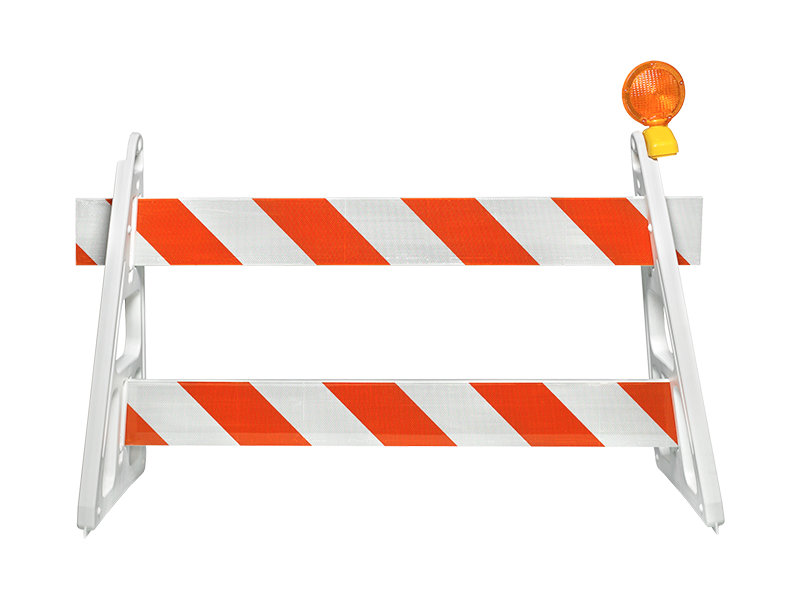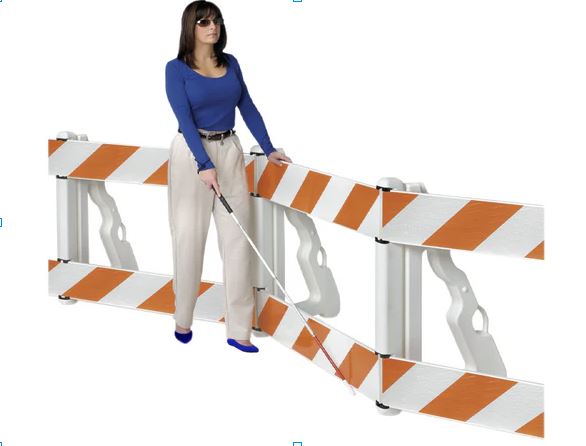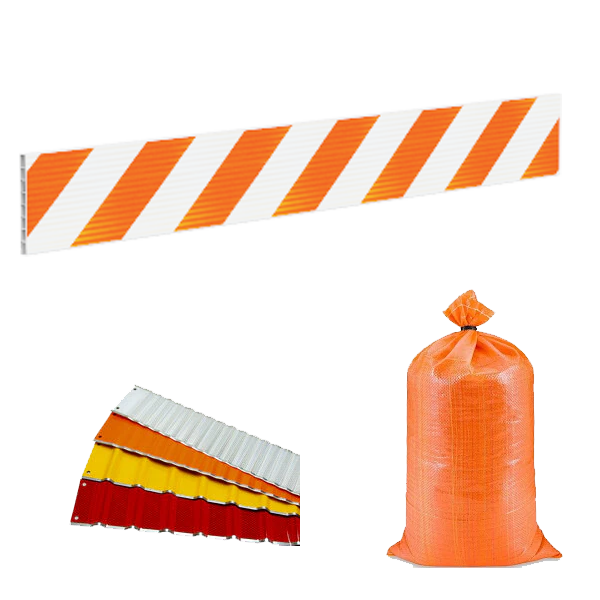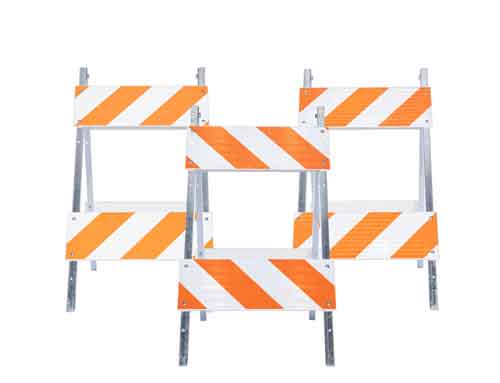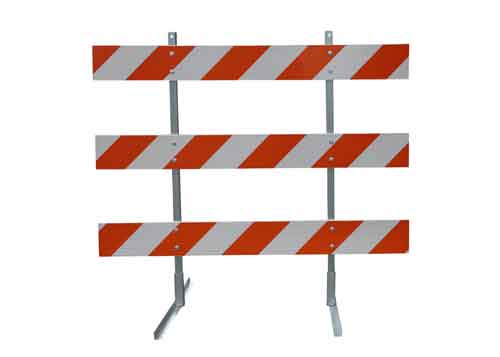Barricades
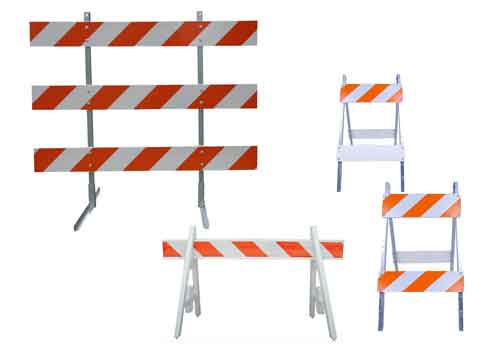
AASHTO Type I, II, and III Barricades: Affordable, Contractor-Friendly Traffic Control Solutions
For contractors looking to maximize safety and minimize costs, RoadSafe’s AASHTO-compliant Type I, II, and III barricades deliver low-cost, reliable performance for road construction and traffic control. Built to American Association of State Highway and Transportation Officials (AASHTO) standards, these barricades ensure safety, visibility, and durability without breaking the budget—perfect for projects of any scale.
- Cost-Effective Compliance: Meet AASHTO and MUTCD standards at a fraction of the cost. Type I (single-sided), Type II (double-sided), and Type III (large-scale) options provide affordable flexibility for every job, from small diversions to major roadblocks.
- High-Visibility, Low Maintenance: Equipped with bright orange-and-white retroreflective sheeting, these barricades shine day or night, cutting down on replacement costs while keeping workers and drivers safe in tough conditions.
- Lightweight and Portable: Made from economical plastic or sturdy metal, they’re easy to move and store, saving time and labor on-site. Set up fast, break down faster—ideal for tight schedules.
- Built to Last: Weather-resistant materials—plastic for lightweight savings or metal for long-term use—stand up to sun, rain, and wind, reducing the need for frequent replacements.
- Versatile for Any Project: Whether it’s a quick repair or a multi-phase construction job, these barricades adapt to your needs, offering contractors a single, budget-friendly solution for traffic management.
RoadSafe’s AASHTO barricades are the go-to choice for contractors, state crews, and private firms needing dependable, low-cost traffic control that meets strict safety standards. Keep your sites secure, visible, and on budget with these proven tools.

